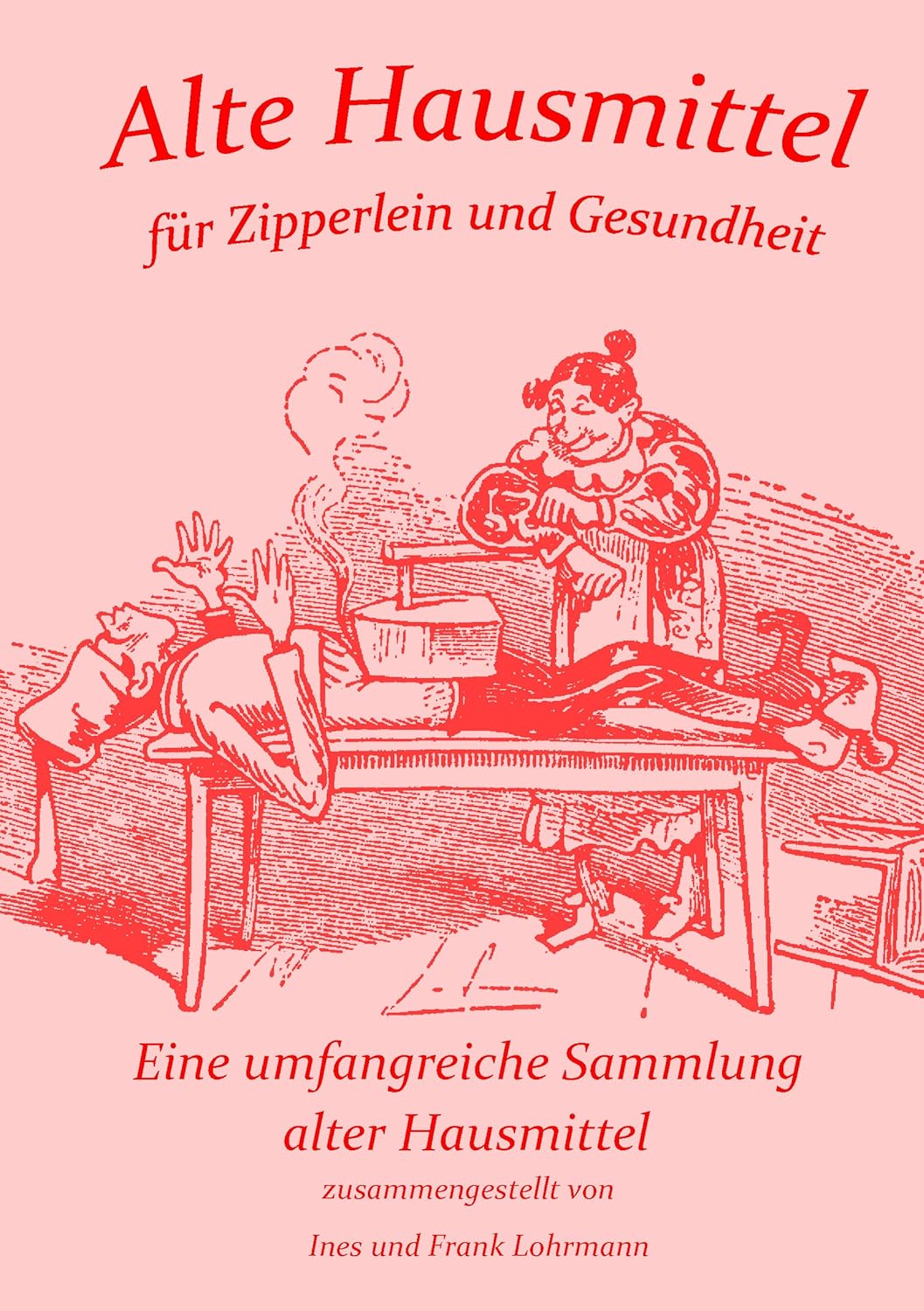Unsere Facebook-Gruppe: Heilpflanzen als Medizin
Anacardiaceae (Subscribe)
Categories
- Abrahamia (15)
- Actinocheita (1)
- Amphipterygium (5)
- Anacardium (20)
- Androtium (1)
- Antrocaryon (5)
- Astronium (15)
- Attilaea (1)
- Blepharocarya (2)
- Bonetiella (1)
- Bouea (3)
- Buchanania (26)
- Campnospera (1)
- Campnosperma (14)
- Campylopetalum (1)
- Cardenasiodendron (1)
- Choerospondias (3)
- Comocladia (26)
- Cotinus (7)
- Cyrtocarpa (5)
- Dobinea (2)
- Dracontomelon (9)
- Drimycarpus (4)
- Euleria (1)
- Euroschinus (9)
- Faguetia (1)
- Fegimanra (3)
- Gluta (34)
- Haematostaphis (1)
- Haplorhus (1)
- Harpephyllum (1)
- Heeria (1)
- Holigarna (7)
- Lannea (26)
- Laurophyllus (1)
- Lithraea (3)
- Lithrea (2)
- Loxopterygium (3)
- Malosma (1)
- Mangifera [ Mangos ] (12)
- Mauria (12)
- Melanorrhoea (1)
- Metopium (3)
- Micronychia (1)
- Mosquitoxylum (1)
- Myracrodruon (1)
- Nothopegia (1)
- Ochoterenaea (2)
- Operculicarya (1)
- Orthopterygium (1)
- Ozoroa (31)
- Pachycormus (3)
- Pegia (2)
- Pentaspadon (2)
- Pistacia [ Pistazie ] (13) Gattungsinfo Pistacia
- Pleiogynium (2)
- Poupartia (3)
- Protorhus (1)
- Pseudosmodingium (7)
- Pseudospondias (3)
- Rhodosphaera (1)
- Rhoeidium (2)
- Rhus [ Sumach ] (111) Gattungsinfo Rhus
- Schinopsis (8)
- Schinus (40)
- Schmaltzia (16)
- Sclerocarya (4)
- Searsia (21)
- Semecarpus (8)
- Sorindeia (9)
- Spondias (10)
- Styphonia (1)
- Tapirira (6)
- Terminthia (1)
- Thyrsodium (2)
- Toxicodendron (44)
- Trichoscypha (9)
Gattungsbeschreibung:
Auch: Balsamgewächse
Kelch und Blumenkrone entwickelt.
Blumenkrone getrenntblätterig.
Blüte mit Diskus.
Staubblätter so viel als Blumenkronenblätter.
Fruchtknoten einfächerig, mit grundständiger Samenknospe
und tief-dreispaltigem Grifiel.
Bäume oder Sträucher mit harzigen oder gummiartigen, oft balsamischen,
oft giftigen Säften; mit einfachen oder unpaarig gefiederten, wechselständigen
Blättern. Blüten regelmässig, meist unvollkommen zweihäusig, seltener
zwitterig, in rispigen Blütenständen. Kelch und Blumenkrone drei- bis
sieben-, meist fünfzählig; letztere oft fehlend. Blumenkrone und Staubblätter
einem ringförmigen Diskus eingefügt und dadurch schwach-umständig.
Staubblätter so viele wie Kronenblätter. Fruchtknoten einfächerig, mit
einer grundständigen Samenanlage und einem tief- dreispaltigen Griffel.
Frucht eine trockene Steinfrucht. Sameneiweiss ist nicht vorhanden.
